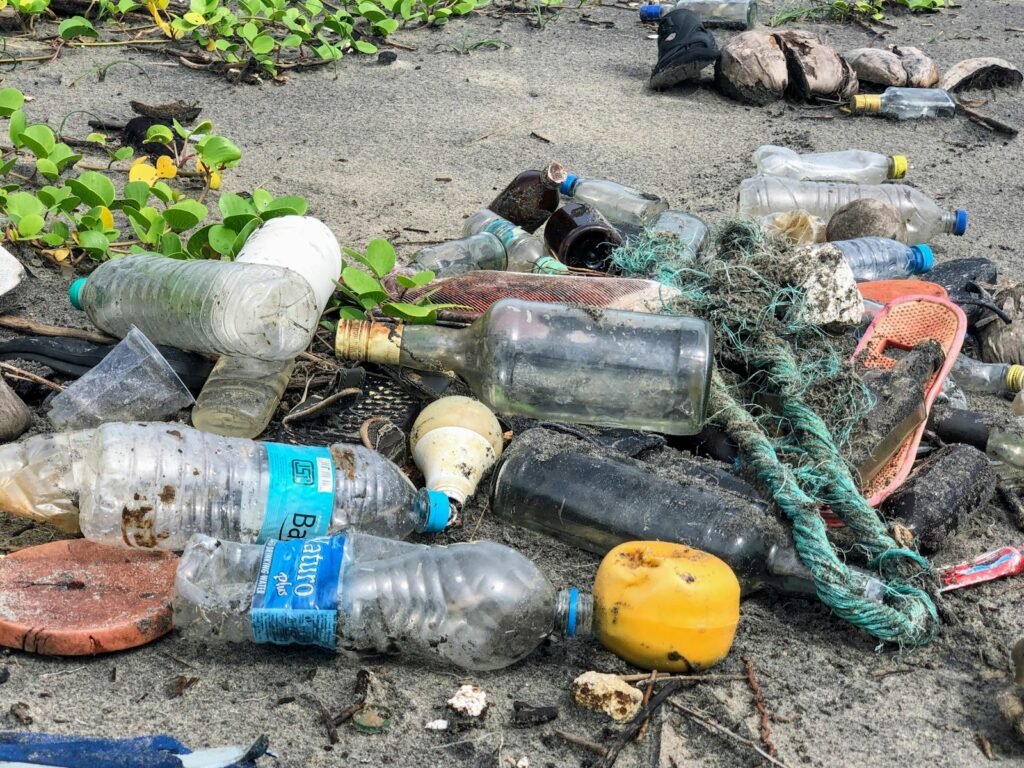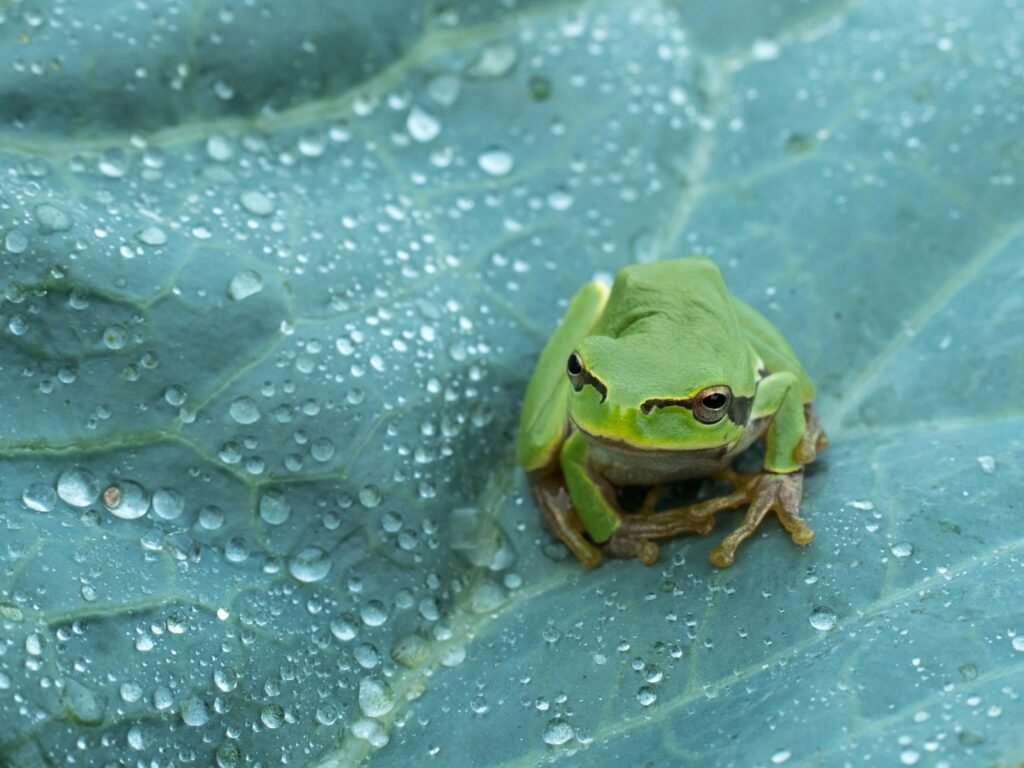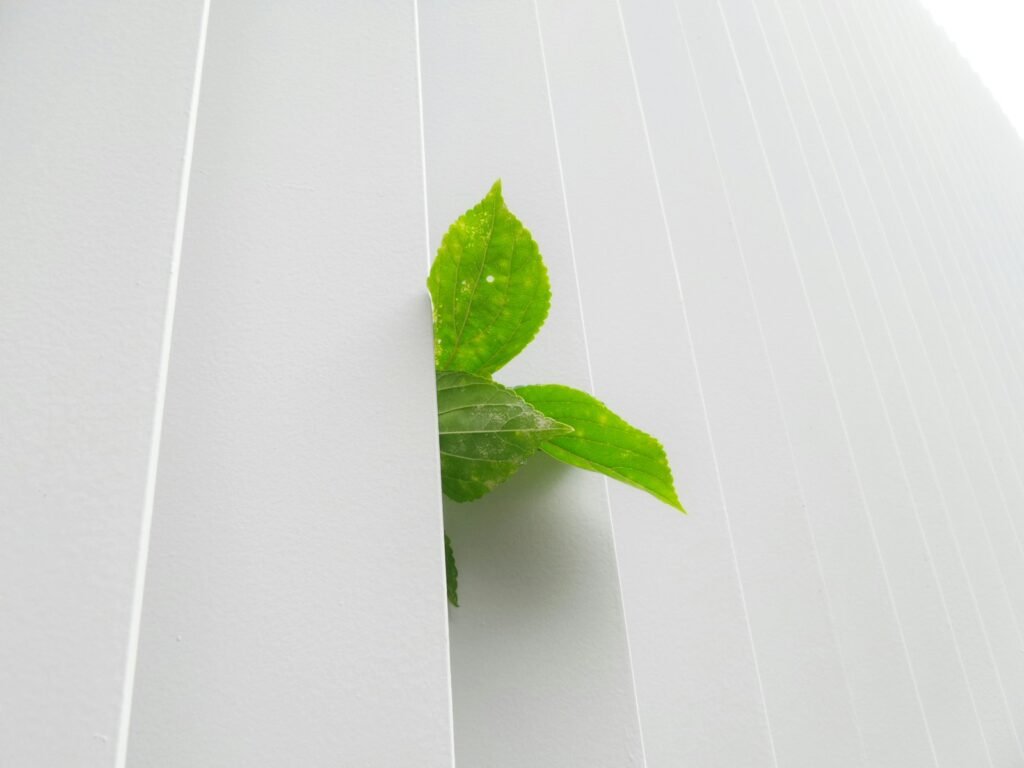In today’s world, eco-friendly living is no longer just a trend—it’s a necessity. As climate change and environmental degradation continue to pose serious threats, it’s up to each of us to take action. While the idea of making our homes greener might seem overwhelming at first, the truth is: small changes can lead to big results.

This article introduces you to 7 Simple Hacks for a Greener Home, practical and easy-to-implement solutions that will help reduce your carbon footprint, conserve resources, and make your living space more sustainable without sacrificing comfort or convenience. Whether you’re just starting your green journey or looking for new ideas, these hacks are perfect for every eco-conscious homeowner.
Hack 1: Switch to Energy-Efficient Lighting
Lighting is one of the most straightforward areas where you can make a big difference in energy use at home.
Why LED Bulbs Are Better
Traditional incandescent bulbs waste about 90% of their energy as heat, whereas LED (Light Emitting Diode) bulbs are far more efficient. They last longer, consume less electricity, and produce minimal heat. Over time, the savings on your energy bill can add up significantly.
Tips for Choosing LEDs
- Look for bulbs with the Energy Star certification.
- Choose a color temperature that matches your home’s lighting needs (e.g., warm white for living rooms, cool white for workspaces).
- Install LED bulbs in all fixtures—table lamps, overhead lights, and even outdoor lights.
Switching to energy-efficient lighting is one of the simplest and most cost-effective green hacks you can make today.
Hack 2: Use a Smart Thermostat
Your home’s heating and cooling systems account for a large portion of your energy use. A smart thermostat is an easy way to manage that more efficiently.
How Smart Thermostats Help You Save Energy
Smart thermostats learn your schedule and adjust the temperature accordingly, ensuring you’re not heating or cooling an empty house. Some even integrate with voice assistants like Alexa or Google Assistant for added convenience.
Affordable Options
- The Nest Learning Thermostat is a popular choice that adapts to your habits.
- The Ecobee SmartThermostat offers smart home integration and room sensors.
- For budget-friendly options, check out the Honeywell Home Touch or TP-Link Kasa Smart Thermostat.
A smart thermostat not only helps you save on energy bills, but it also reduces your household’s carbon footprint over time.
Hack 3: Reduce Water Waste with Low-Flow Fixtures
Water conservation is just as important as energy savings when it comes to creating a greener home.
What Are Low-Flow Fixtures?
Low-flow fixtures include toilets, showerheads, and faucets that use significantly less water than traditional models. These are designed to maintain performance without wasting water—making them ideal for eco-friendly homes.
Benefits of Upgrading
- Reduce your water bill.
- Lower strain on municipal water systems.
- Decrease the environmental impact of water treatment and distribution.
Look for fixtures with WaterSense certification, which guarantees they meet EPA standards for efficiency.
Hack 4: Ditch Single-Use Plastics for Reusable Alternatives
Plastic waste is one of the biggest challenges we face today. Reducing your use of single-use plastics is an easy yet powerful way to contribute to a healthier planet.
Common Plastic Offenders in Your Home
- Plastic bags
- Disposable water bottles
- Takeout containers
- Single-use straws and cutlery
Reusable Alternatives You Can Use Right Away
- Keep a few reusable shopping bags in your car.
- Carry a sturdy reusable water bottle with you everywhere.
- Invest in glass or stainless steel food storage containers.
- Keep a set of reusable straws and cutlery on hand for coffee shops and restaurants.
These small changes can lead to huge reductions in plastic waste over time—and they’re easy to adopt as part of your daily routine.
Hack 5: Start a Compost Bin at Home
Food scraps are one of the largest contributors to landfill waste. But instead of tossing them away, you can turn them into nutrient-rich soil for your garden.
The Benefits of Composting
- Reduces methane emissions from landfills.
- Cuts down on the need for chemical fertilizers.
- Provides free, organic compost for your plants or lawn.
How to Get Started with Composting
- Choose a compost bin that fits your space—whether it’s an outdoor bin or a small indoor worm composter (vermicomposter).
- Add “green” materials like fruit and vegetable scraps, coffee grounds, and grass clippings.
- Balance them with “brown” materials such as dried leaves, paper, and cardboard.
- Keep the pile moist and aerated to speed up decomposition.
Even if you live in an apartment or have limited outdoor space, composting is a great way to reduce waste and support your garden.
Hack 6: Choose Sustainable Cleaning Products
Traditional cleaning products often contain harsh chemicals that can be harmful to both people and the environment. Switching to eco-friendly alternatives is a great step toward greener living.
The Problem with Conventional Cleaners
Many household cleaners release toxins into the air and harm aquatic life when they enter water systems. These effects are especially concerning for families with children or pets.
Eco-Friendly Alternatives to Try
- Use a mixture of vinegar and baking soda for cleaning surfaces, scrubbing, and deodorizing.
- Choose natural, plant-based cleaning products from trusted brands like Seventh Generation or Ecover.
- Make your own DIY cleaners using ingredients you already have at home (like lemon juice and castile soap).
By switching to sustainable cleaning methods, you can protect both your health and the environment.
Hack 7: Plant Native or Edible Plants in Your Garden
Creating a garden is one of the most rewarding ways to bring eco-friendliness into your home. Whether it’s a small balcony planter or a full backyard garden, plants help purify the air, support local wildlife, and reduce carbon emissions.
Benefits of Native Plants
Native plants are adapted to your local climate, which means they require less water, fertilizer, and maintenance than non-native species. They also provide habitat for birds, pollinators, and other native wildlife.
The Power of Edible Gardens
Growing your own food not only reduces the carbon footprint from transportation but also helps you eat healthier. You can grow vegetables like tomatoes, herbs, or even fruits like strawberries in a small space.
Tips to Start Your Garden
- If you have limited space, try container gardening.
- Use compost and organic soil for your plants.
- Choose easy-to-grow plants that thrive in your climate (check with local nurseries or gardening groups).
Whether you’re growing a few herbs on your windowsill or cultivating an entire vegetable patch, planting native or edible plants can make a real difference.
Take the First Step Toward a Greener Home
With these 7 Simple Hacks for a Greener Home, you now have a roadmap to making small but meaningful changes in your daily life. Whether it’s switching to energy-efficient lighting, using a smart thermostat, or starting a compost bin, each step helps reduce your environmental impact and move toward a more sustainable future.
Remember: You don’t need to make all these changes at once. Start with one or two that resonate most with you, and build from there. Every little action adds up—and every green home contributes to a healthier planet.







